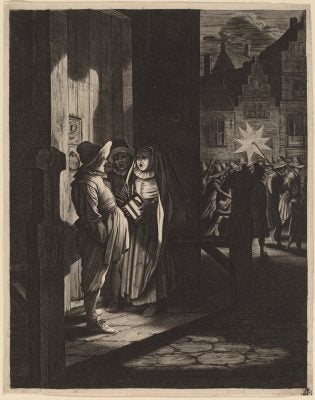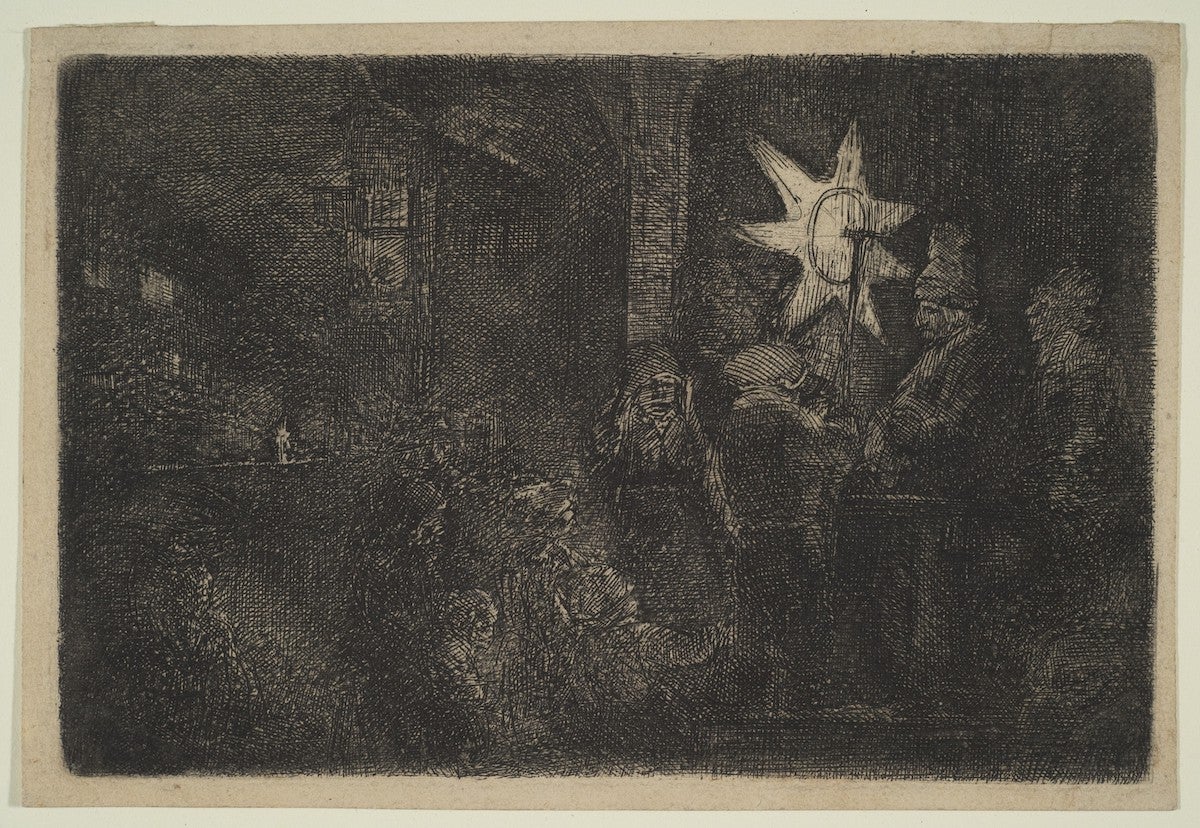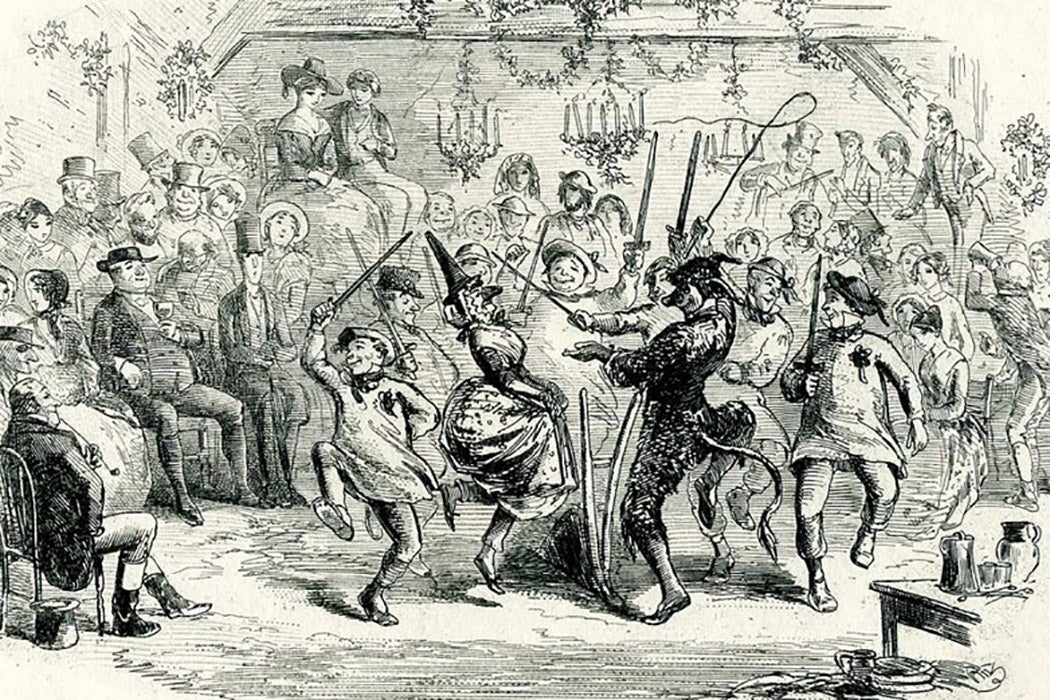“Twelfth Night” was more than a Shakespeare play; for a very long time it was an extremely popular European winter feast. It was a loud and merry time when families came together and the poor received much-needed aid. Shakespeare named a play for it and Rembrandt made an etching of it, but for some reason, we don’t celebrate Twelfth Night anymore.
The feast was originally linked to the winter solstice. The Romans celebrated Saturnalia over several days at the end of December. And in pre-Christian Germany the most important time of the year was the 25th of December through the 6th of January, a winter solstice celebration called Yuletide. The arrival of Christianity in Europe added new dimension to winter solstice. The very end of the celebration was now linked to the Magi, also called the Three Kings, following the star to Bethlehem. This is where we get the twelve days of Christmas. Twelfth Night marked the end of the Christmas season. It was the night of January 5th, followed by Epiphany, which was January 6th.

But in the sixteenth and seventeenth centuries, Twelfth Night became a secular, even bawdy affair. Festivities were a rich mixture of belief and culture, both old and new, with lots of play-acting. This was particularly true in the Netherlands and England.
Anke A. van Wagenberg-ter Hoeven writes that in the Netherlands, “star plays” and outdoor entertainment became a feature of Twelfth Night as early as the thirteenth century. But the focus came to rest on Herod, the king 2,000 years ago, who ordered the massacre of infants. Herod represented all that was excess and tyranny. And as as a result, Twelfth Night became more about revelry and mockery.
So much so, in fact, that in the late sixteenth century the Dutch church banned public performances. This led to another modification of the feast. Dutch Twelfth Night moved indoors and became more family-oriented with games such as candle-jumping, songs, paper crowns, beancake, pancakes, and food and money ready for the poor who might knock at the door. There was an entire protocol for properly keeping the Twelfth Night.
A great many Twelfth Night depictions by the Dutch masters are of star singers in the street. These include Jan van de Velde II’s 1630 engraving (thought be the earliest depiction of star-singers), and Rembrandt’s 1651 etching entitled The Star of Kings: A Night Piece. Groups of singers formed from each house party, spilling out onto the street. They knocked on doors and expected food, drink, or money in return for their songs. At the front of the group, someone always held a star.

Twelfth Night was celebrated in similar fashion in England, with plays and beancake. In particular, English Twelfth Night symbolized the world turned upside down. In these celebrations, in place of Herod there was the Lord of Misrule. Shakespeare’s play illuminates the atmosphere of the feast, with Sir Toby exemplifying the lord of misrule. Helge Kökeritz’s 1942 analysis of the origins of the word “rule” in this case is fascinating. The meaning goes beyond mere “conduct” to show revelry and, in the case of Sir Toby in Shakespeare’s play Twelfth Night, boisterousness. So why was Shakespeare’s first known performance of Twelfth Night on February 2nd, 1607, and not January 5th (on Twelfth Night)?
In early modern England, there were variations to the length of the season depending on your milieu. So the Christmas play season stretched from 1 November (All Saints Day) to 2 February (Candlemas, or Purification Day). The Inns of Court, where Twelfth Night was performed, followed this extended season. So rather than performing on the last day of the winter solstice/twelve days of Christmas, Shakespeare performed it on the last day of the Christmas play season. Candlemas was also the last day before the fields were tilled and England soberly prepared for Lent. So Shakespeare did end the season with Twelfth Night revelry after all.







